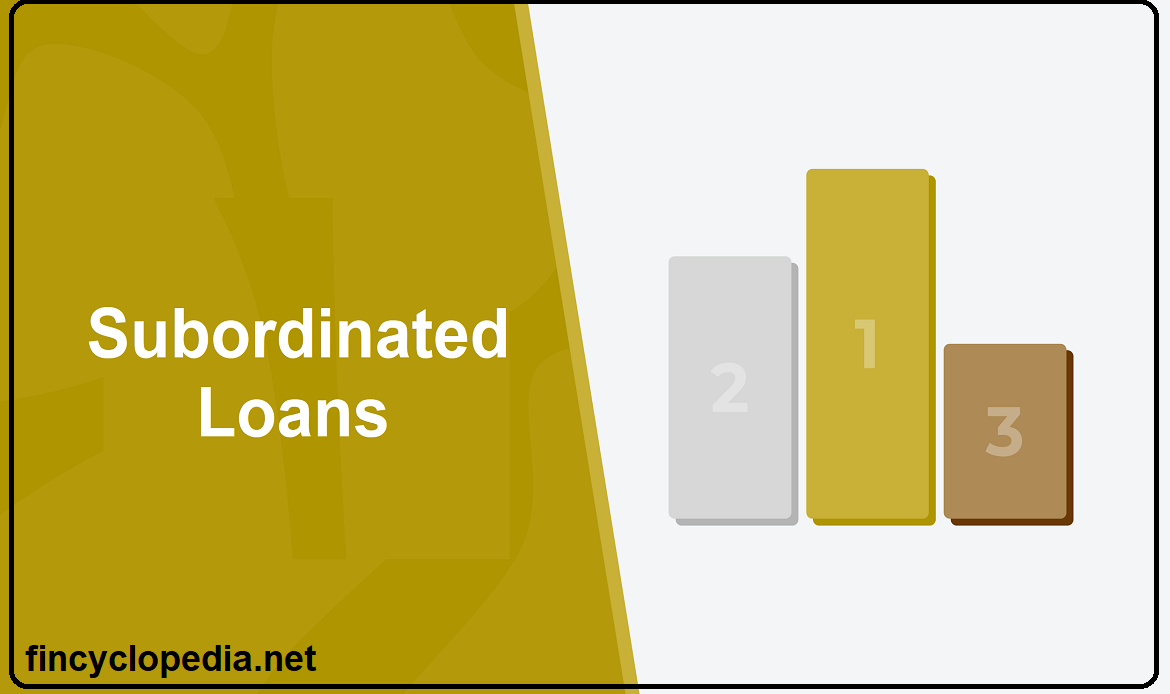The present value of future cash flows of a convertible bond as if it was a straight corporate bond, i.e., non-convertible (coupons plus principal repayment) discounted at a proper discount rate such as LIBOR plus a spread proportionate to the issuer’s credit rating. The value of the non-convertible bond component alone is the lower limit to the value of the convertible. To calculate the bond value, it is necessary to determine the interest rate and assess the credit risk of the issuer. The credit spread is measured as the interest rate difference paid by the convertible bond compared to the risk-free interest rate. The higher this spread, the greater the possibility of default by the issuer. The credit spread is given by:
Credit spread = bond yield – risk-free bond with the same maturity
This value is also known as a bond floor or an investment value.







